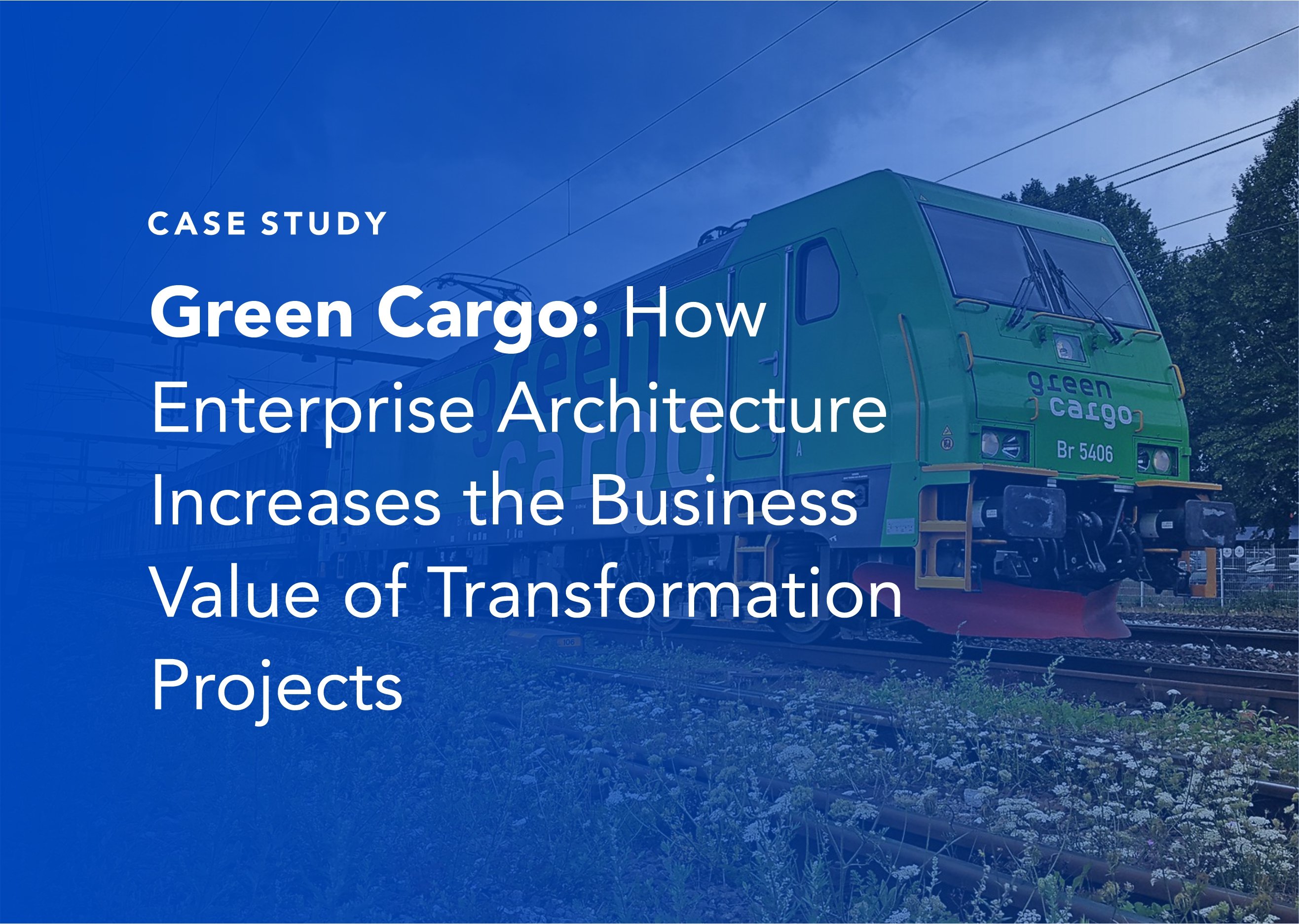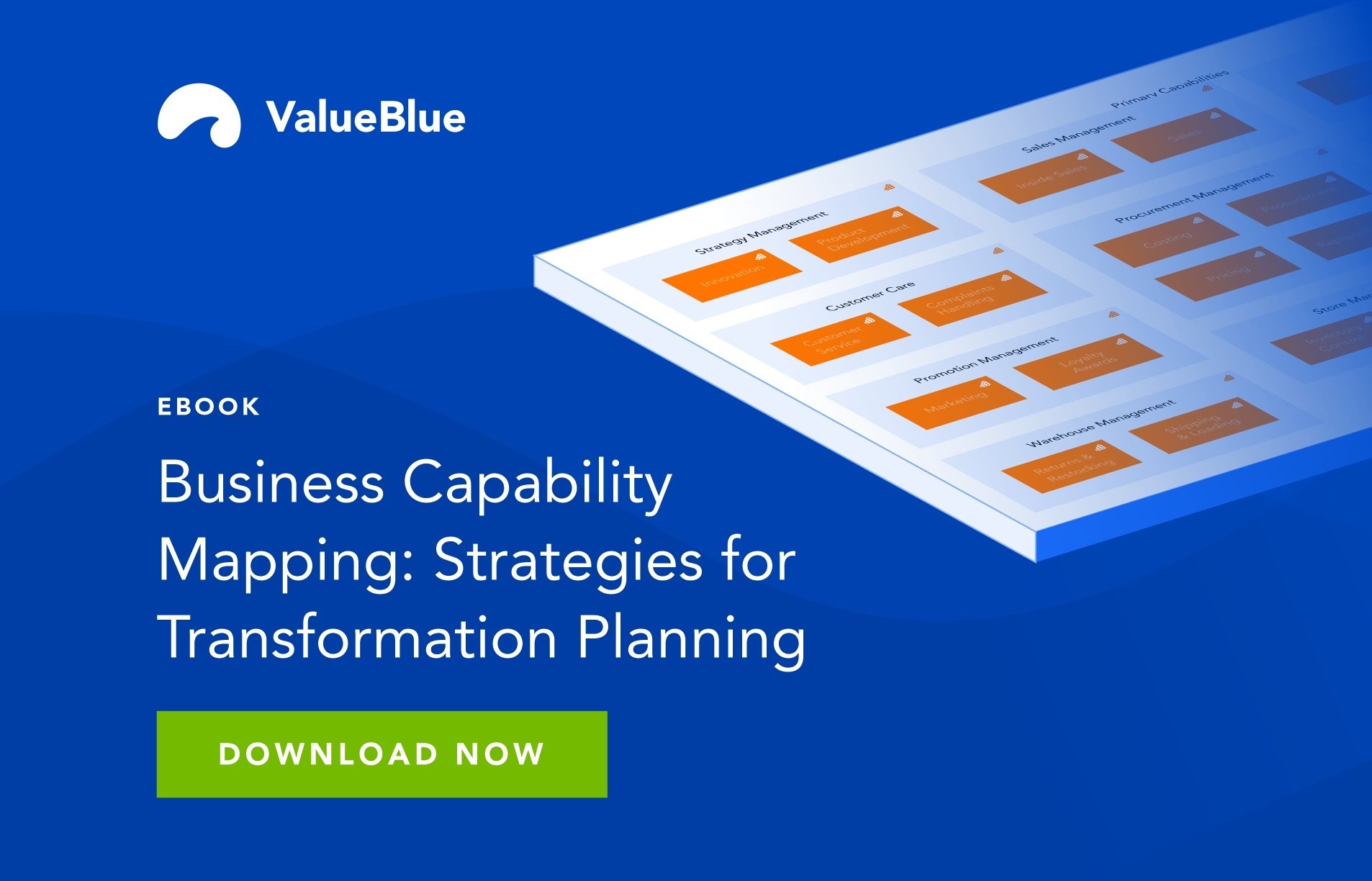Scaled Agile Framework (SAFe) for Enterprise Architecture
Agile methodologies have revolutionized how teams approach software development, delivering faster results, improving quality, and fostering collaboration. However, as organizations grow in size, they face challenges in scaling Agile practices across large teams, departments, or even entire enterprises. This is where the Scaled Agile Framework (SAFe) comes in.
SAFe is a structured approach designed to help organizations scale Agile practices across multiple teams while aligning with business objectives and – sometimes – integrating with Enterprise Architecture. In this guide, we will explore the key principles, components, benefits, and implementation strategies of SAFe and show how it transforms your organization while aligning with your enterprise's broader architecture.
What is Scaled Agile Framework (SAFe)?
The Scaled Agile Framework (SAFe) is a set of organizational and workflow patterns used to implement Agile practices on an enterprise scale. Developed by Dean Leffingwell and Drew Jemilo, SAFe aims to help organizations align their development processes with Agile principles, improving time to market, quality, and productivity.
SAFe integrates Agile practices with Lean thinking, systems thinking, and product development flow to ensure that companies can respond quickly to market changes while delivering value at scale. By creating a common framework across teams and departments, SAFe helps organizations align their efforts toward a unified business strategy, ensuring consistency with the organization’s Enterprise Architecture.
Three key principles of Scaled Agile Framework (SAFe)
To understand how the Scaled Agile Framework works, it's important to know its three foundational principles:
- Lean-agile mindset: SAFe encourages organizations to embrace a Lean-Agile mindset, focusing on customer-centricity, continuous improvement, and value delivery. It emphasizes eliminating waste, delivering value incrementally, and fostering a culture of continuous feedback. This mindset extends to Enterprise Architecture, ensuring systems are designed to be adaptive and aligned with business goals.
- Value stream thinking: In SAFe, the emphasis is placed on value streams, which represent how a company delivers value to a customer, across teams, departments, and systems. The goal is to identify and optimize value streams, ensuring that all work contributes directly to delivering value to the customer. This approach has strong ties to Enterprise Architecture, where these value streams are defined as part of business modelling.

- Building incrementally with feedback: SAFe advocates for iterative development. Instead of attempting to deliver the entire product in one go, SAFe encourages incremental delivery through Program Increments (PIs) and frequent feedback loops. This aligns with Enterprise Architecture by ensuring system components are developed in smaller, more manageable parts, allowing for ongoing improvements and adjustments based on feedback.
Core components of Scaled Agile Framework (SAFe)
Scaled Agile Framework is made up of several key components that work together to ensure enterprise agility:
- Team and technical agility: At the core of SAFe is the Agile team, a cross-functional group responsible for delivering value in small increments. SAFe emphasizes building technical excellence within teams and empowering them to work autonomously, allowing them to respond quickly to changing requirements and customer needs. From an Enterprise Architecture perspective, this requires a collaborative approach where Agile teams work independently yet integrated, all using information from a single source: the Enterprise Architecture Repository. This repository provides an overview of business artifacts, like value streams, and their relationship to IT components such as applications, data, and processes.
- Agile product delivery: Agile Release Trains (ARTs) are groups of 5-12 Agile teams that work together to deliver a larger Product Increment (PI). ARTs are aligned to a common goal, with each team contributing to a cohesive solution. This coordination ensures teams deliver value in sync, avoiding bottlenecks and misalignment. Enterprise and Solution architects must ensure that the architecture supports this integrated approach, providing scalable infrastructure and services that align with business goals.
- Enterprise solution delivery: Large and complex solutions often require coordination across multiple ARTs and external suppliers. SAFe provides a framework for managing this coordination, ensuring that all teams align with the broader business goals and delivering a unified product. In this context, enterprise architects play a key role in ensuring that system integration, security, and scalability needs are met while maintaining alignment with the overall Enterprise Architecture.
- Lean portfolio management: One of SAFe's most significant advantages is its ability to align project portfolios with business goals. Through Lean Portfolio Management, organizations can prioritize initiatives, allocate resources more effectively, and ensure that investments are aligned with strategic objectives.
Enterprise Architecture has a similar concept, strategic planning, to ensure that the individual projects and initiatives support the long-term company strategy. - Organizational agility: SAFe promotes a culture of adaptability. Organizations implementing SAFe are better equipped to respond to changing market conditions, shifting customer demands, and emerging opportunities. By creating flexible structures and empowering teams, SAFe fosters an environment where change is welcomed rather than resisted. For enterprise architects, this means they need to be flexible and reevaluate and adjust project roadmaps as market needs, company goals, or other factors evolve.
- Continuous learning culture: SAFe encourages continuous learning, fostering an environment of improvement and innovation. Regular feedback loops, knowledge sharing, and leadership development are integral to the SAFe model, ensuring that teams and individuals constantly evolve. Enterprise Architecture must support this culture by providing frameworks and guidelines that encourage learning and experimentation while maintaining system integrity.
- Lean-agile leadership: Leaders play a pivotal role in the success of SAFe. They must lead by example, drive the cultural shift to Agile, and support the continuous improvement process. Lean-Agile leaders are committed to empowering teams and facilitating the adoption of Agile principles across the organization. In collaboration with enterprise architects, leaders ensure that the Enterprise Architecture aligns with Agile initiatives and drives innovation across the organization.
The four levels of Scaled Agile Framework (SAFe)
Scaled Agile Framework operates at four levels to ensure that Agile practices are scaled effectively across the organization:
- Team level: This is where the core Agile practices occur. Teams work in short iterations, delivering value incrementally. Depending on the project's needs, they follow Scrum or Kanban practices.
- Program level: At the program level, multiple Agile teams come together to form an Agile Release Train (ART). These teams work collaboratively on larger, integrated solutions, with Program Increments (PIs) aligning their efforts toward a common goal.
- Solution level: The solution level ensures that initiatives align with business strategy. Here, organizations manage their project portfolios, prioritize work, and optimize investments to deliver the most value.
- Portfolio level: used when complex products require multiple ARTs to collaborate. This level ensures that the delivery of large-scale solutions is coordinated and aligned with business goals.
Enterprise architecture spans all levels, from solution designs at the team level to strategic roadmaps at portfolio and large solution levels. EA enables organizations to traverse these levels, looking at coherence and spotting conflicts, deviations, and optimizations to ensure that large-scale solutions fit within the Enterprise Architecture and support long-term strategic objectives. For example, a system architect should understand the details of the business capabilities and processes supported by the system. In contrast, an enterprise architect should understand the relationships between business capabilities at the enterprise level without necessarily knowing the details.

Benefits of implementing Scaled Agile Framework (SAFe)
Organizations that adopt Scaled Agile Framework often see significant improvements across various aspects of their operations:
- Improved time to market: SAFe’s emphasis on incremental delivery helps organizations reduce time to market. Teams work in short cycles, ensuring that products are delivered faster and can be adjusted quickly based on customer feedback.
- Enhanced productivity: By breaking down large projects into smaller, manageable chunks and ensuring teams are well-aligned, SAFe increases overall productivity. The framework eliminates inefficiencies, reduces bottlenecks, and ensures teams work on the highest-priority tasks.
- Higher quality: Continuous integration and testing are core components of SAFe, which leads to better product quality. By catching issues early and testing frequently, teams can deliver more reliable, defect-free products.
- Increased employee engagement: SAFe empowers teams to take ownership of their work and make decisions. This autonomy and alignment to a shared goal increase employee satisfaction and engagement.
Common challenges with Scaled Agile Framework (SAFe) implementation
While Scaled Agile Framework offers many benefits, organizations may encounter challenges during implementation:
- Complexity of implementation: SAFe can be difficult to implement, especially in large organizations with existing silos and traditional structures. Successful implementation requires commitment, strong leadership, and ongoing training.
- Potential for over-structuring: Some critics argue that SAFe can introduce unnecessary complexity and hierarchy, undermining the flexibility. To avoid this pitfall, it’s important to tailor SAFe to your organization's specific needs.
- Resistance to change: Moving from traditional project management to Agile can be difficult, particularly for established companies. Change management is crucial to overcoming resistance and ensuring a smooth transition.
How to successfully implement Scaled Agile Framework (SAFe)
To implement Scaled Agile Framework successfully, organizations should:
- Start small: Begin with one or two Agile Release Trains (ARTs) before scaling the framework across the organization. This allows teams to learn and adapt as they go.
- Provide adequate training: Invest in SAFe training for both leaders and team members to ensure everyone understands the framework and its principles.
- Use agile tools: Leverage tools like Jira Align or VersionOne to facilitate coordination and track progress across teams and programs.
- Commit to continuous improvement: SAFe isn’t a one-time implementation. It requires ongoing adjustments and improvements. Regular retrospectives and feedback loops are key to refining your SAFe practices.

Align your development processes with Agile principles
The Scaled Agile Framework offers a robust solution for organizations looking to scale Agile practices across large, complex teams. By providing a structured approach to collaboration, alignment, and value delivery, SAFe enables enterprises to be more responsive to customer needs, improve quality, and increase productivity. However, to be successful, organizations must commit to adapting SAFe to their unique needs, ensuring continuous learning, and supporting their teams through the transition.
Additionally, SAFe’s seamless integration with Enterprise Architecture ensures that large-scale solutions are delivered consistently, reliably, and aligned with long-term business objectives. Whether you're just starting your Agile journey or looking to scale Agile practices across your organization, SAFe can provide the guidance and structure you need to achieve sustainable success at scale.
As you explore SAFe's advantages, you may also be interested in discovering how our tool can further enhance your Enterprise Architecture. Contact us for a free demo today.

.png)


